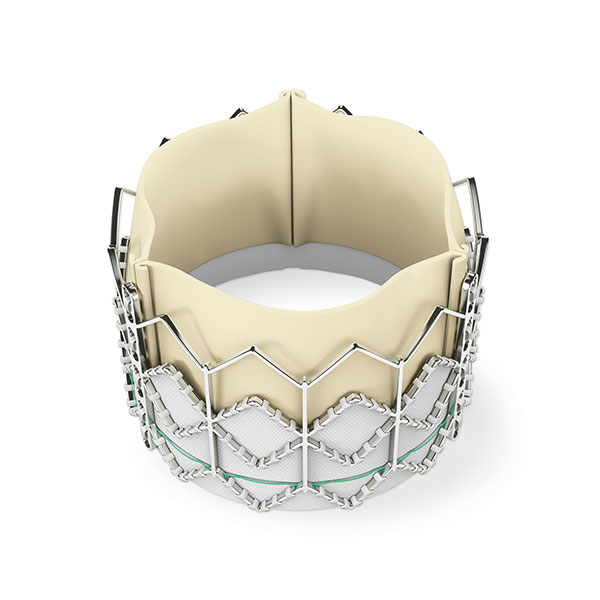Majority of US Population Lives in Hospital Referral Region With TAVR Center: STS/ACC TVT Registry Study

Most U.S. residents ages 65 and older live in a hospital referral region (HRR) that includes a TAVR center, according to a study published June 10 in JAMA Cardiology.
Guillaume Marquis-Gravel, MD, MSc, FACC, et al., used data from the STS/ACC TVT Registry to describe the geographic availability of TAVR centers in the U.S. The researchers looked at the distribution of TAVR centers by determining the proportion of U.S. residents ages 65 years and older whose ZIP code matched that of either a TAVR center from the registry or an HRR that contained at least one TAVR center. The researchers then linked registry data to claims data from the Centers for Medicare and Medicaid Services (CMS) for patients undergoing transfemoral TAVR to estimate driving time from the patient's home ZIP code to the implanting TAVR center using Google Maps.
According to the results, 490 of 40,537 ZIP codes (1.2%) and 234 of 305 HRRs include a TAVR center. Based on U.S. census data, of more than 47 million U.S. residents ages 65 years and older, this translates to 1,232,568 (2.6%) living in a ZIP code with a TAVR center and 43,789,169 (92.1%) living in an HRR with a TAVR center.
The researchers identified linked registry records and claims data for 31,749 patients who underwent successful transfemoral TAVR. Of these, the researchers estimated driving time for 31,098 patients. Of these, 1,350 patients (4.3%) underwent the procedure at a TAVR center within their ZIP code and all patients (100%) underwent the procedure within their HRR. The driving time to the implanting center ranged from 2 minutes to 18 hours and 48 minutes, with a median driving time of 35 minutes. The median driving time to TAVR centers was significantly longer in the Midwest and South and shorter in the Northeast. The proportion of procedures at urban centers, university hospitals and larger hospitals increased with longer driving times.
Most of the U.S. population ages 65 years and older live in an HRR with a TAVR center, the researchers note. With the anticipated increase in TAVR procedures and expansion to low-risk patients, the findings have important implications for resource allocation and national coverage decisions, the researchers write. Additional research looking at how the location of TAVR centers affects access to the procedure is needed, they conclude.
Clinical Topics: Cardiac Surgery, Invasive Cardiovascular Angiography and Intervention
Keywords: Centers for Medicare and Medicaid Services, U.S., Hospitals, University, Transcatheter Aortic Valve Replacement, Medicare, Medicaid, Registries, Hospitals, Urban, National Cardiovascular Data Registries, STS/ACC TVT Registry
< Back to Listings
